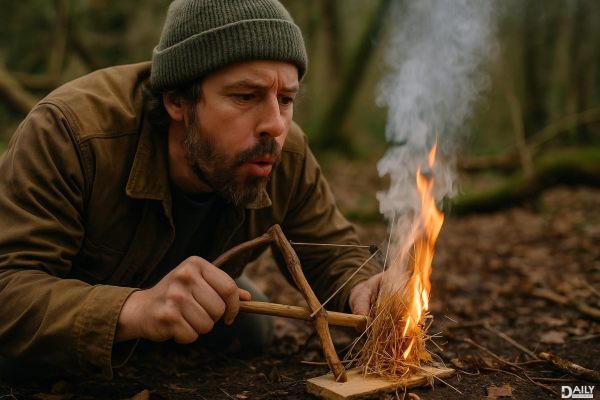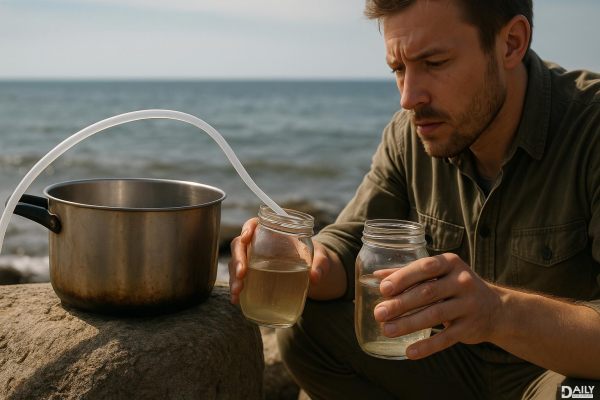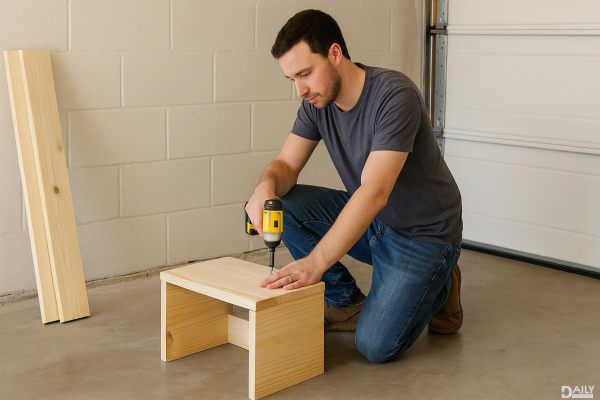Yes, you can start a fire with nothing—well, almost nothing. While it might sound like something out of a survivalist’s wildest dreams, the truth is that with the right knowledge and a bit of ingenuity, you can ignite flames using natural materials and basic techniques. It’s not magic; it’s science, and it’s been done for thousands of years. Whether you’re a seasoned outdoors enthusiast or just curious about survival skills, understanding how to start a fire from scratch is both fascinating and practical.

Fire requires three key elements: heat, fuel, and oxygen. When you’re starting a fire with nothing, the challenge is generating enough heat to ignite your fuel source. This is where friction-based methods come into play. Techniques like the bow drill, hand drill, or fire plow rely on creating heat through rapid, repetitive motion. The friction generates tiny embers, which can then be transferred to a tinder bundle to create a flame. It’s not easy, but it’s absolutely possible with practice and patience.
Even though you’re starting with “nothing,” nature provides everything you need if you know where to look. Dry wood is your best friend—look for dead branches or bark that’s easy to break. For tinder, think dry grass, leaves, or even bird nests. You’ll also need a spindle and a fireboard for friction methods, which can be carved from softwoods like cedar or pine. And don’t forget a rock or piece of flint if you’re going for the spark route. The key is to gather materials that are dry and easily combustible.
The bow drill is one of the most reliable methods for starting a fire from scratch. Here’s how it works: You’ll need a bow (a curved stick with a string), a spindle (a straight stick), a fireboard (a flat piece of wood), and a handhold (a small piece of wood or stone to stabilize the spindle). Place the spindle on the fireboard, loop the bowstring around it, and use a back-and-forth motion to spin the spindle rapidly. The friction creates heat, and eventually, an ember forms. Transfer the ember to your tinder bundle, blow gently, and voila—you’ve got fire.
If you’re struggling with the bow drill, the fire plow is another option. This method involves using a hard stick to plow back and forth along a groove in a softer piece of wood. The friction generates heat, and the sawdust that accumulates can ignite into an ember. It’s a bit more physically demanding, but it’s a great backup plan if you’re in a pinch. Just remember to keep your movements steady and consistent to build up enough heat.
Starting a fire with nothing isn’t something you’ll master on your first try. It takes practice, patience, and a willingness to fail a few times before you get it right. The more you practice, the better you’ll become at identifying the right materials, perfecting your technique, and staying calm under pressure. Plus, it’s a skill that could literally save your life in a survival situation. So, grab some sticks, head outside, and start practicing—you’ll be a fire-starting pro in no time.
While it might seem like a daunting task, starting a fire with nothing is entirely possible with the right knowledge and a bit of determination. Whether you’re using a bow drill, fire plow, or even just a piece of flint, the key is to understand the science behind it and practice until you get it right. So, the next time someone asks if you can start a fire with nothing, you’ll have the skills to prove it’s not just a myth—it’s a survival reality.
























